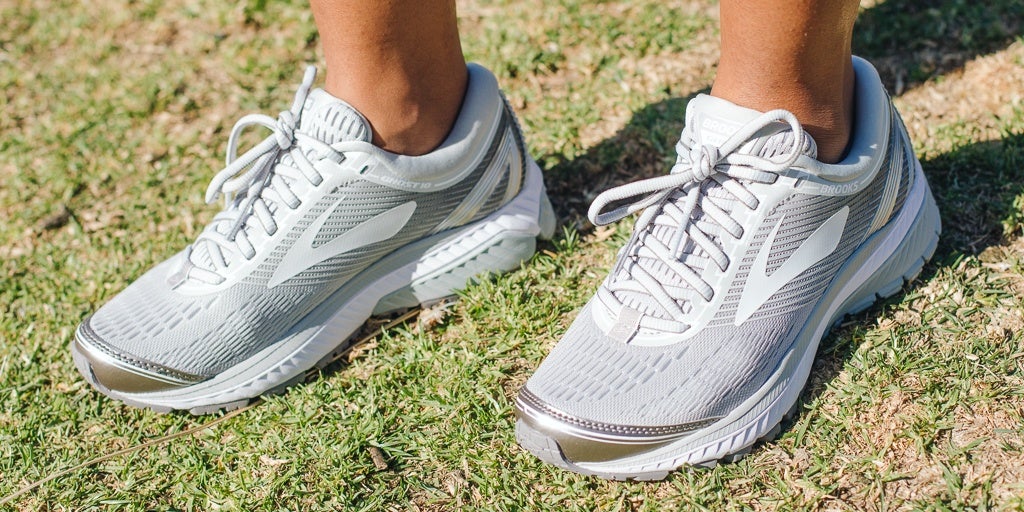Walking Vs Running Shoes: The Ultimate Breakdown
Posted by FAZEELA HUSSAIN
The post Walking Vs Running Shoes: The Ultimate Breakdown appeared first on StylesGap.com.
A shoe is just a shoe, and that is why it is so handy that we can wear them any way we like, isn’t it? Don’t be fooled by this outdated belief. Shoes have evolved into a niche industry, where science and technology have converged to the extent where there is a shoe that can be matched to almost any kind of activity – but why should you? Let’s take a look at the most popular kinds of physical activities, and why the shoes you wear, matter.
Look at what you love.
If you’ve ever had the displeasure of having to wear shoes that hurt your feet or found yourself wondering why your back hurt after running, the answer could be within reach. Chances are that you were wearing fantastic pair of shoes, but one which was wrong for the activity you were taking part in. The best hiking shoes in the world will be of very little efficiency if they are used for a dance recital, and despite the apparent similarities between running shoes and walking shoes, the same is true in this case.
Walking Vs Running Shoes: The Ultimate Guide
Your feet are your number one priority as soon as you get up in the morning. If your feet are out of action, almost everything else goes for a loop too – just ask anyone who has ever had to be on crutches! If you disregard the importance of activity-specific shoes, you place yourself at a very real risk of injury, malfunction, and non-performance. The shoe will not work in the way it was intended to, and the experience will feel lacking and unfulfilling.
The easiest and most reliable way to find a shoe that is “perfect” is to buy according to the activities you enjoy doing and spend a lot of your time on. Purpose-made shoes will always deliver a far better performance.
Protection is key
Shoes are crucial to protect your feet from injury and compromises such as cuts, sprains, strains, dislocations, inflammation, blisters, and bruising. Someone who walks a lot will benefit from lightweight yet supportive shoes, which cushion the feet and support the ankles.
Runnings shoes are a different story – while they should also be lightweight, they should ideally also incorporate mesh to allow for natural ventilation, to assist in cooling the heat that is generated by the activity of running. Attention should also be given to the sturdiness of the shoe, in spite of its lightweight nature. Too flimsy, and it will fall apart after only being used a few times. To tough, and mobility becomes an issue.
Don’t be shy to ask the shop assistants for help – most footwear stores have a high training standard according to which their staff are trained, to be able to give you the best assistance. Stick to your research, and don’t be afraid to try on as many pairs as you need – this is ultimately the shortest route to finding the pair of shoes that is best suited to your needs.
See More As:
- How to Start Your Fashion Blog – Basic Easy Tips & Tricks
- 11 Simple Tips & Steps to Better Looking Healthy Skin
- Latest Ladies Footwear Designs Stylo Shoes Eid Collection
The post Walking Vs Running Shoes: The Ultimate Breakdown appeared first on StylesGap.com.
TAGS:




